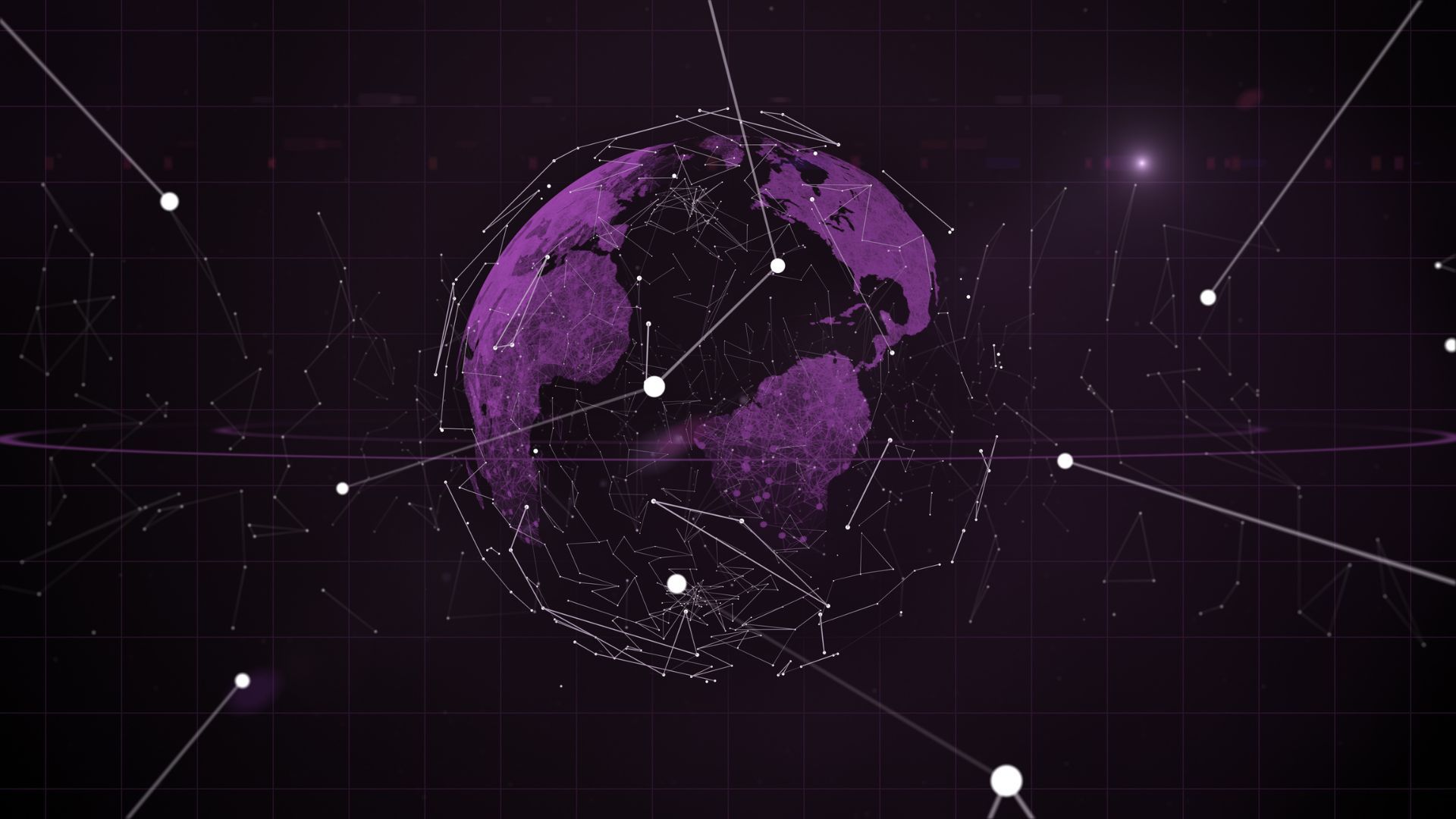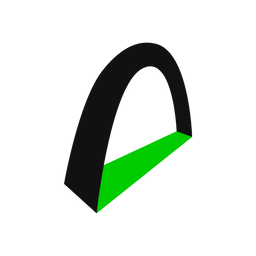NFTs have taken the world by storm. From large companies making them a part of their core business strategy to artists selling their creations for millions of dollars, NFTs have created a whole new crypto ecosystem.
Enjin creates a whole tokenization solution for the fashion, gaming, and art industry, to name a few, by introducing a full suite of tools that are easy to use.
What's Enjin?
Enjin is an ecosystem of products that allows tokenized digital asset creation, distribution, storage, trading, and integration.
Enjin users use the platform to create ENJ-backed digital assets in different ways, but the most common one is for creating and distributing gaming accessories and prizes. One of their most well-known developments is their Minecraft plugin, which connects a network of more than 20 million players.
Enjin Coin was launched on the Ethereum blockchain through an IPO that raised close to $19 million in late 2017.
Everything about Enjin Coin
Enjin Coin, also known by the ticker ENJ, is the native token of the platform. It's an ERC-20 token built on the Ethereum blockchain.
Every NFT created through the platform can be traded for ENJ tokens.
The token is also used to mint (or create) new NFTs. Minting is the act of publishing an NFT and making the credentials available on the blockchain through the use of smart contracts. So ENJ is used to pay the minting fees.
The total supply of ENJ tokens is set to 1,000,000,000,000, and they aim to be an inflation proof token, meaning that once the maximum supply is reached, they won't be creating new ones.

Let's dive deep into Enjin
Enjin was one of the first projects to test the Raiden network, Ethereum's version of the Lightning network, before finally deciding to work on a custom scaling solution called Efinity.
The Enjin platform offers interesting features through its public API and software development kits (SDKs). Let's check them out:
Creation and management of virtual assets
This is one of the main features of the platform. Users can create and manage virtual and tokenized assets. Developers can launch Enjin-backed crypto tokens, making tokenizing a game easier for creators. To do this, developers must block a certain amount of ENJ tokens.
SDKs
Enjin provides millions of developers each month with SDKs for Unity, Godot, Java, and more, giving them an easy way to integrate their projects.
The marketplace
Another core feature of Enjin is its marketplace, where users can browse, buy and sell millions of different digital assets.
Enjin Beam
An NFT distribution system that allows users to create a QR code to mass-distribute NFTs. It's been called the fastest way to send and receive NFTs.
Enjin wallet
As with many crypto projects, Enjin also has a wallet that integrates with games and NFT projects. The Enjin wallet has an IP-1559 Ethereum Gas System with priority fees for lower gas costs making it great for in-game purchases. At the time of writing, the wallet has more than 3 million users.
Efinity
Efinity is a near-scaling Ethereum product built on Polkadot that allows fast and more affordable transactions of ERC-20 and ERC-1155 tokens.
It allows creators to mint more than 2000 tokens in one single transaction while having cross-chain capabilities.
Companies like Microsoft and games such as The Six Dragons and Lost Relics use Enjin to create and distribute unique rewards, badges, and in-game assets that can prove the identity and ownership of their owners.
So for developers building captivating game universes and companies that want to incorporate NFTs into their business strategy Enjin is an excellent solution that simplifies the process.



